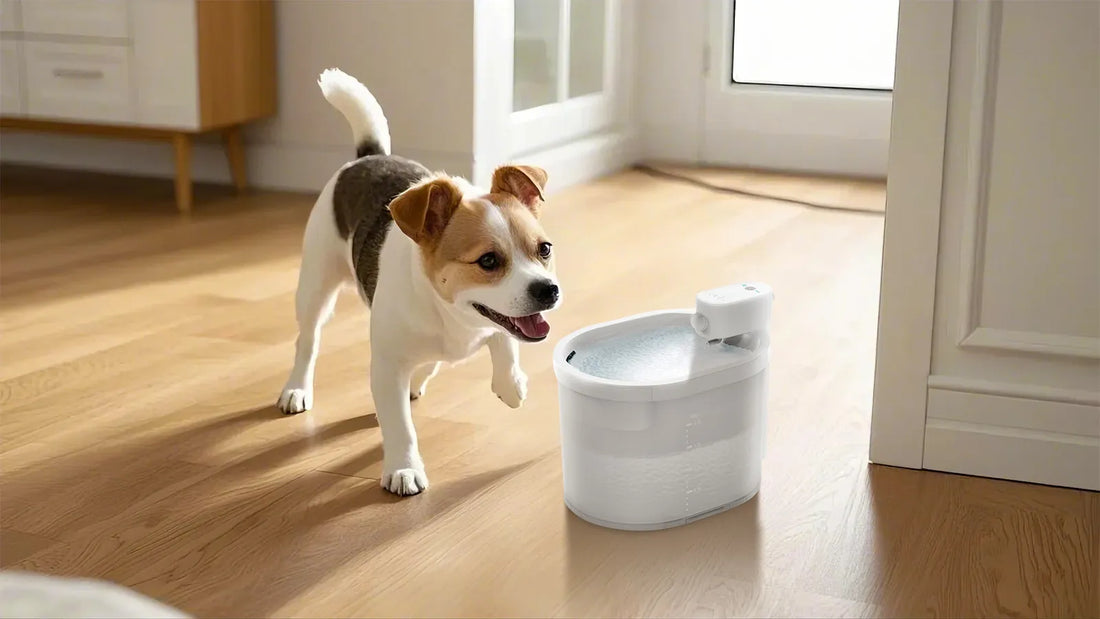Keeping your dog's teeth clean is essential for their overall health and happiness. Just like humans, dogs can suffer from dental issues such as plaque buildup, gum disease, and bad breath. Regular dental care can prevent these problems and ensure your furry friend stays healthy. In this guide, we'll walk you through everything you need to know about how to clean dog teeth effectively.
Why Cleaning Your Dog's Teeth is Important
Oral health is a crucial aspect of your dog's overall well-being. Poor dental hygiene can lead to serious health issues, including infections, tooth loss, and even heart disease. Bacteria from the mouth can enter the bloodstream and affect vital organs. Regular teeth cleaning can prevent these complications and keep your dog's mouth fresh and healthy.
Signs Your Dog Needs Dental Care
It's important to recognize the signs that your dog may need dental attention. Bad breath, yellow or brown teeth, swollen gums, and difficulty eating are all indicators of potential dental problems. If you notice any of these signs, it's time to take action and start a dental care routine.
Tools and Supplies for Cleaning Dog Teeth
To clean your dog's teeth effectively, you'll need the right tools. A dog-specific toothbrush and toothpaste are essential. Never use human toothpaste, as it can be harmful to dogs. Other helpful tools include dental wipes, dental chews, and water additives designed to promote oral health.
Step-by-Step Guide to Cleaning Your Dog's Teeth
Cleaning your dog's teeth may seem daunting at first, but with patience and practice, it can become a routine part of your pet care. Here's a step-by-step guide to help you get started:
- Introduce your dog to the toothbrush and toothpaste gradually. Let them sniff and taste the toothpaste to get used to it.
- Gently lift your dog's lips to expose their teeth. Start by brushing a few teeth at a time, gradually increasing the number as your dog becomes more comfortable.
- Use circular motions to brush the teeth, focusing on the gum line where plaque tends to accumulate.
- Reward your dog with praise or a treat after each session to create a positive association with teeth cleaning.
Tips for Making Teeth Cleaning Easier
Some dogs may be resistant to having their teeth cleaned, but there are ways to make the process easier. Start with short sessions and gradually increase the duration as your dog becomes more comfortable. Use a flavored toothpaste that your dog enjoys, and always be gentle to avoid causing discomfort. Consistency is key, so aim to clean your dog's teeth at least a few times a week.
Alternative Dental Care Options
If brushing your dog's teeth is too challenging, there are alternative options to consider. Dental chews and toys can help reduce plaque and tartar buildup. Water additives and oral sprays can also promote oral health. However, these alternatives should not replace regular brushing but can be used in conjunction with it.
When to Seek Professional Help
While regular at-home dental care is important, there are times when professional help is needed. If your dog shows signs of severe dental issues, such as bleeding gums, loose teeth, or persistent bad breath, it's best to consult a veterinarian. A professional dental cleaning may be necessary to address the problem.
Maintaining your dog's dental health is a vital part of their overall care. By following these tips and techniques, you can ensure your dog's teeth stay clean and healthy. Remember, a healthy mouth leads to a happy and thriving pet. Start your dog's dental care routine today and enjoy the benefits of a fresh, clean smile from your furry friend.













